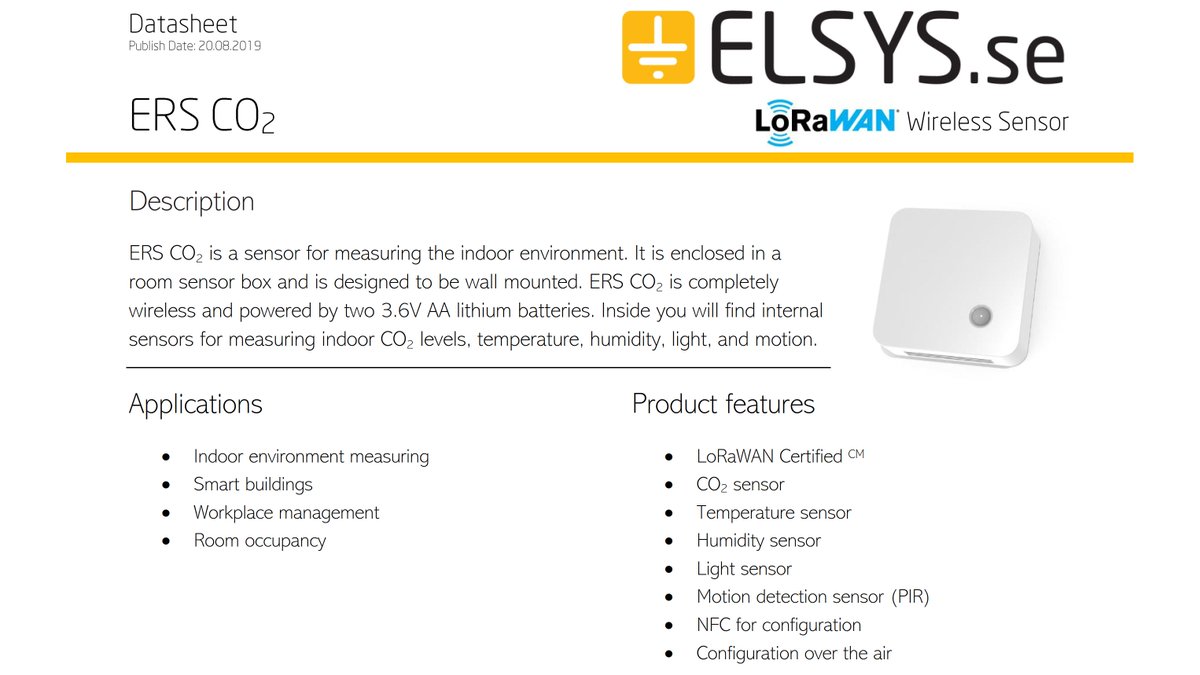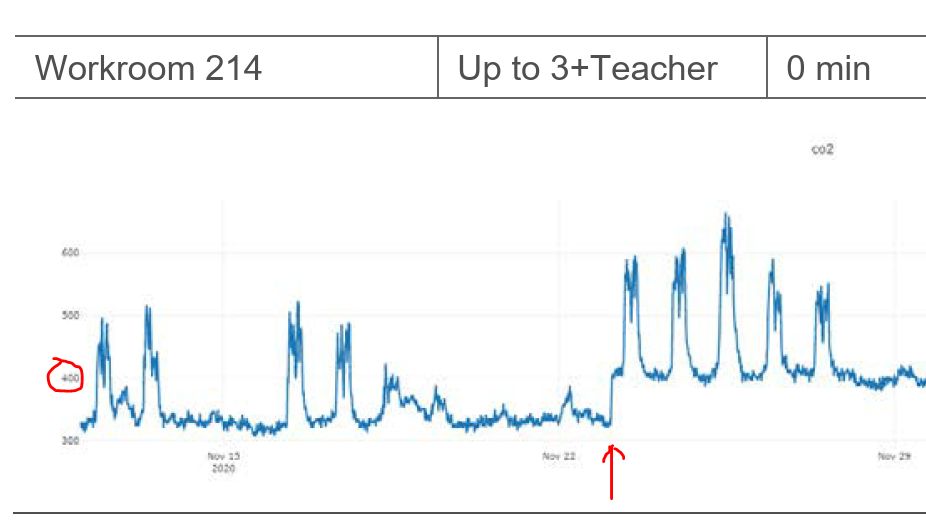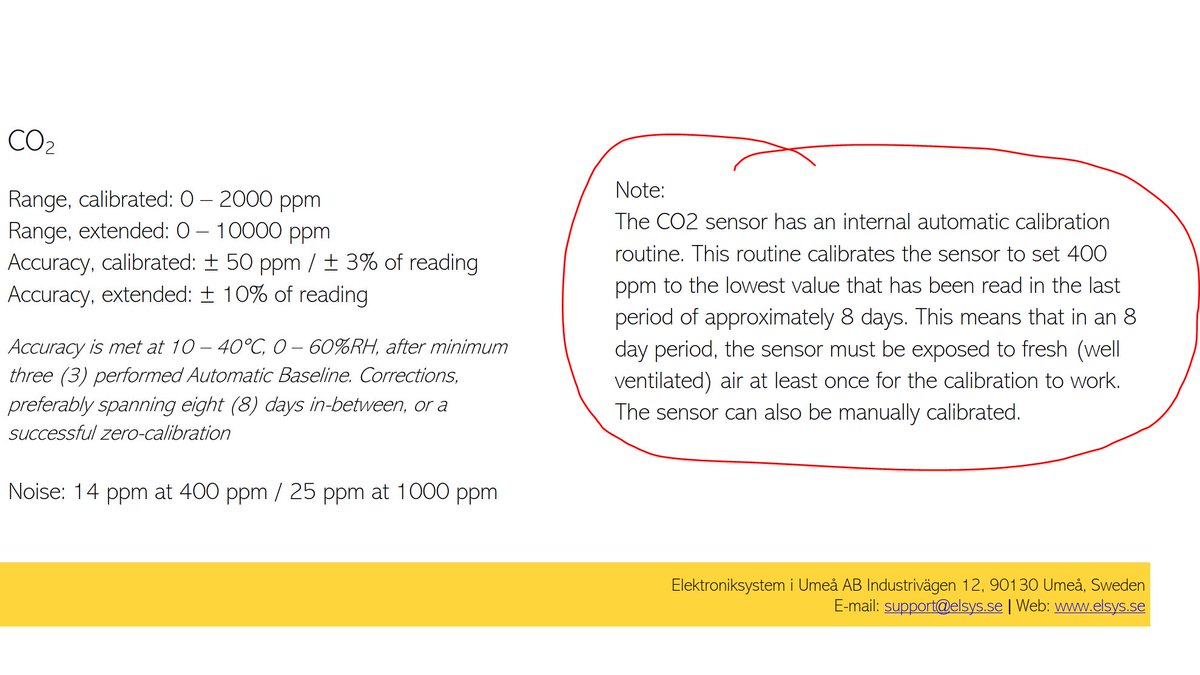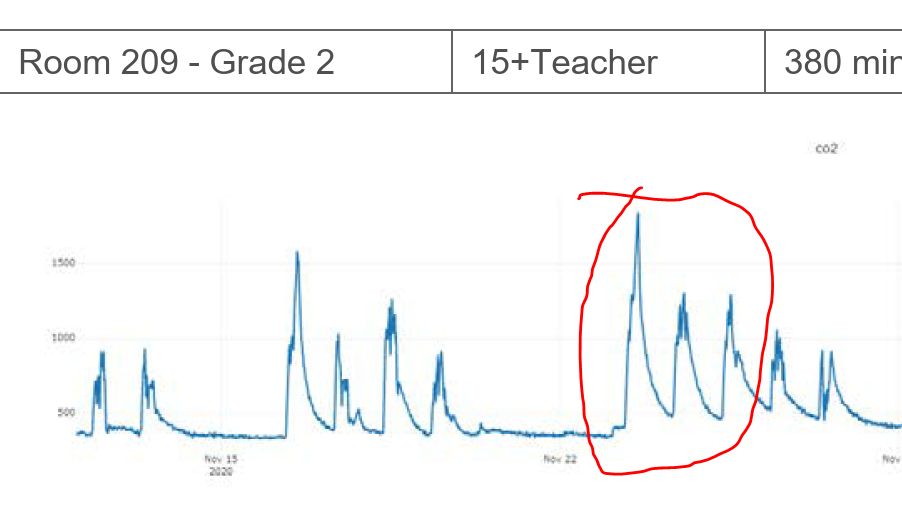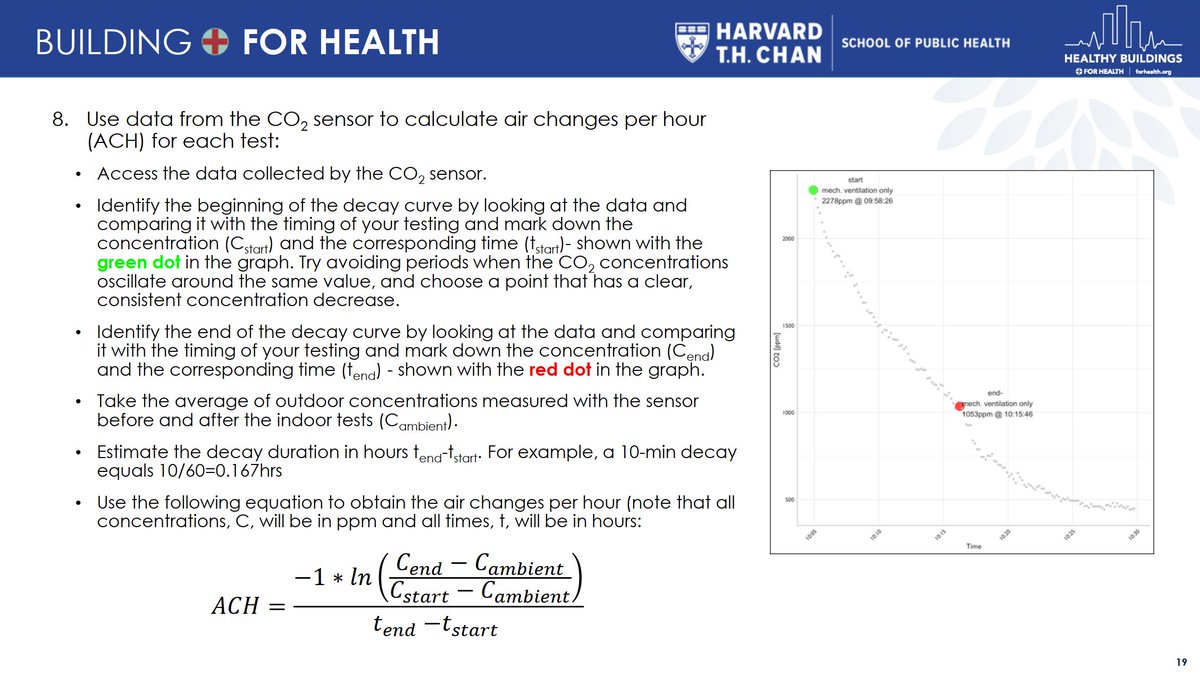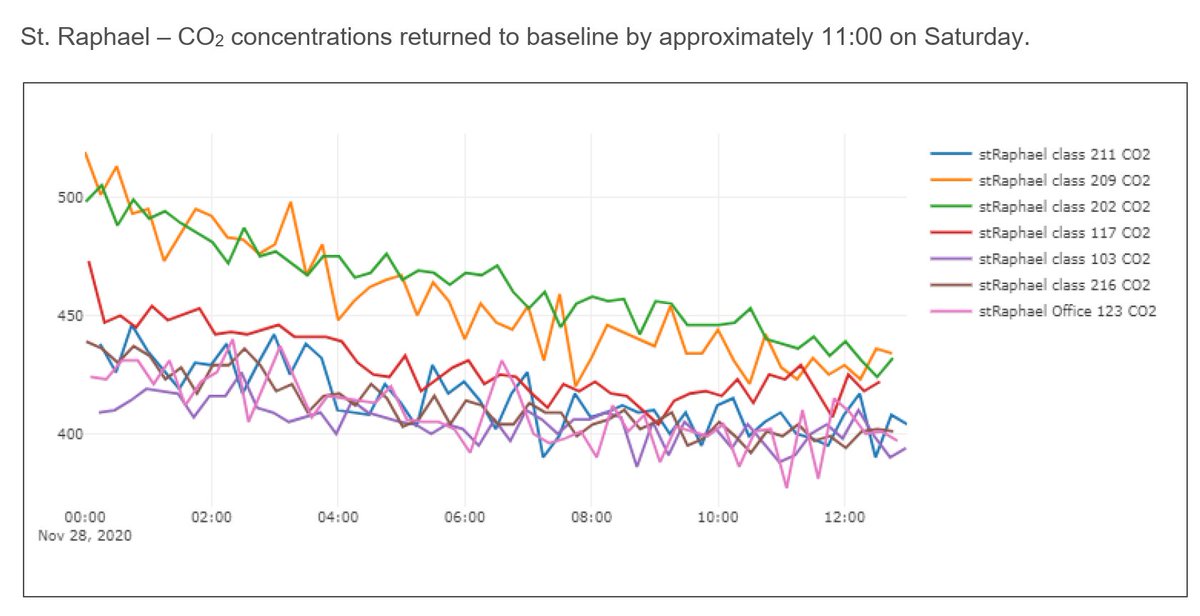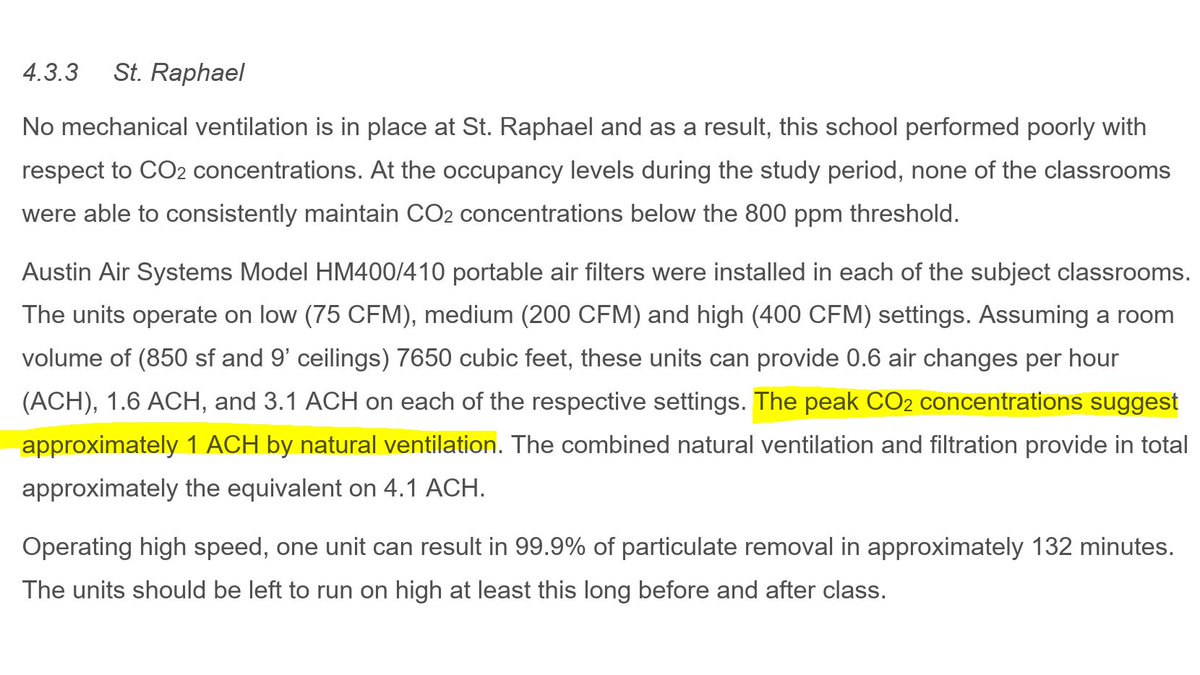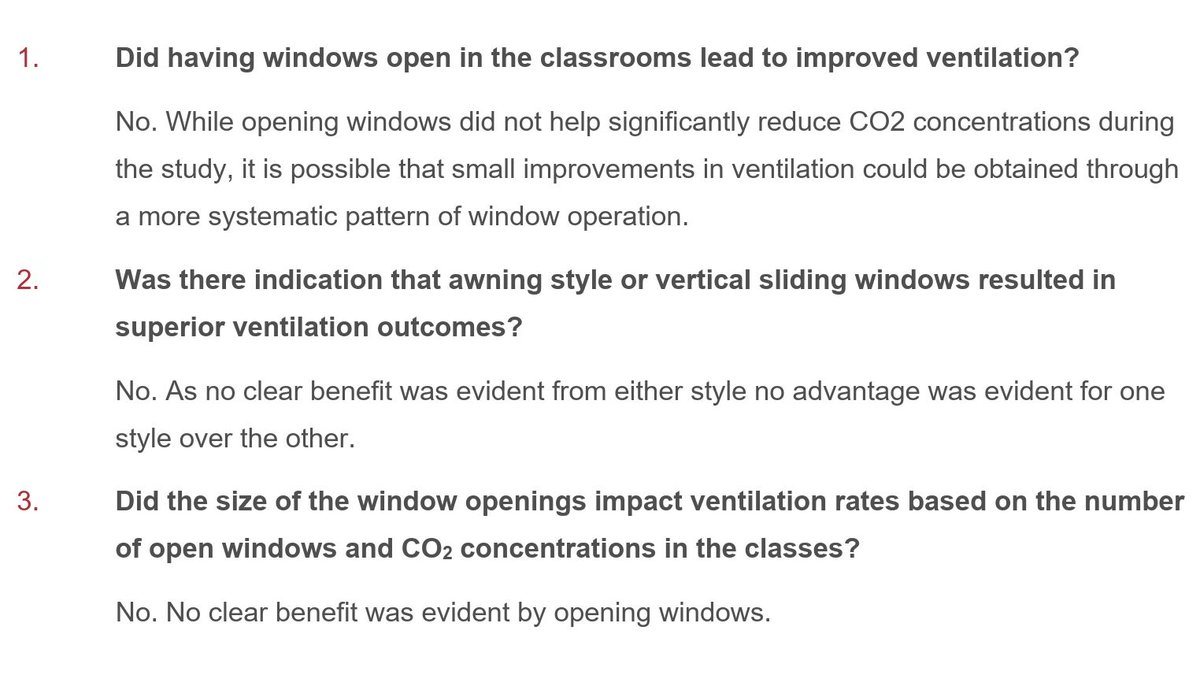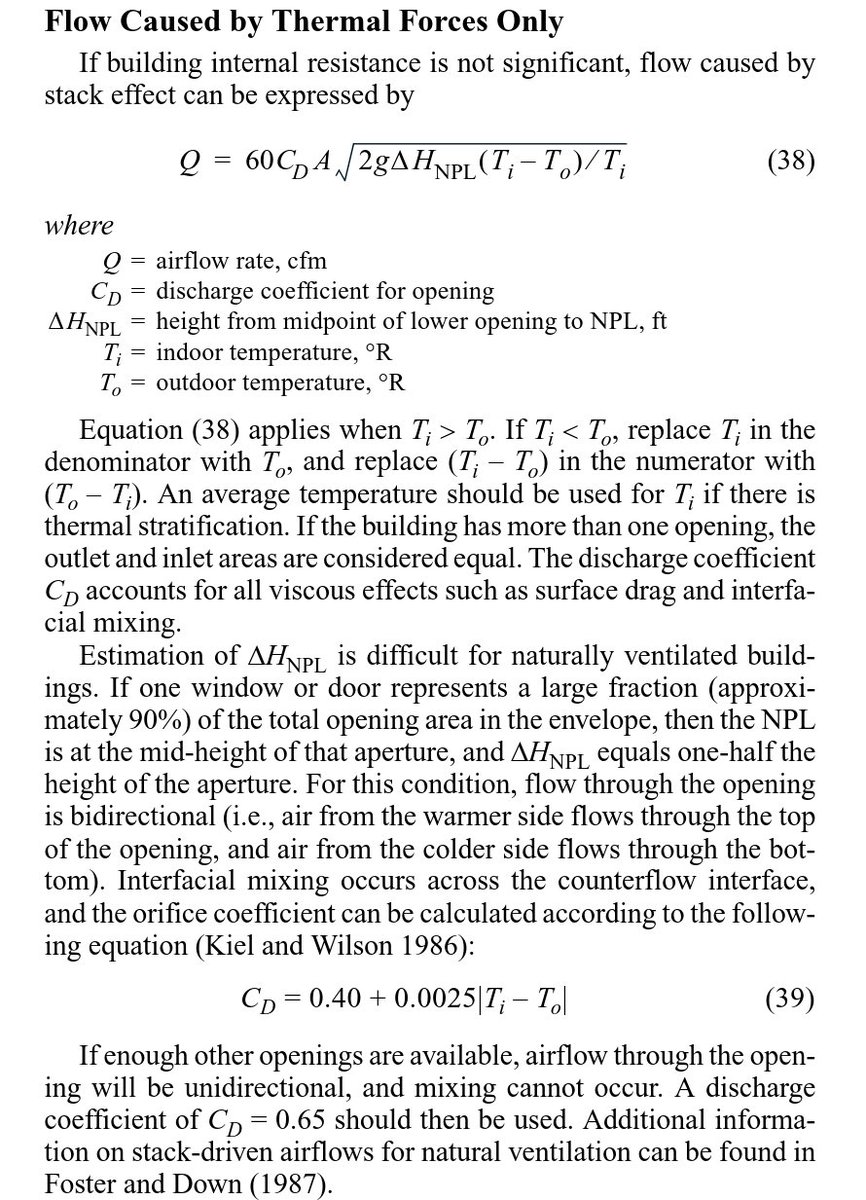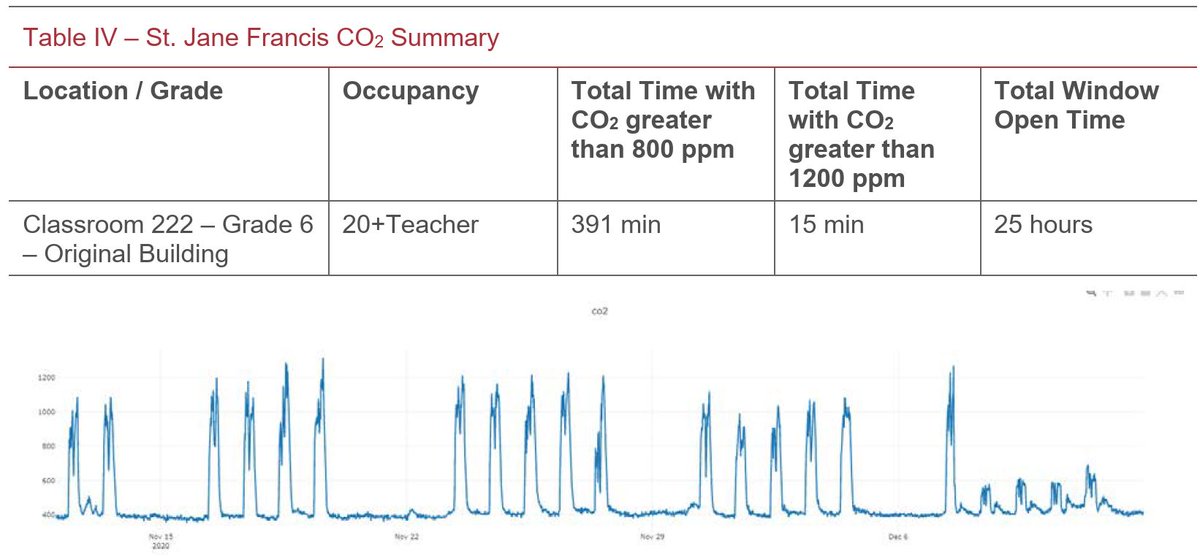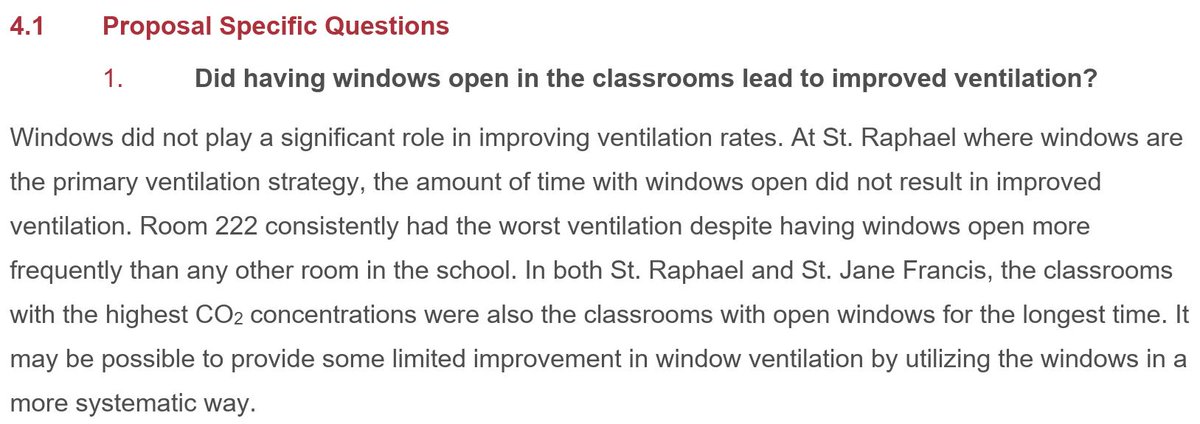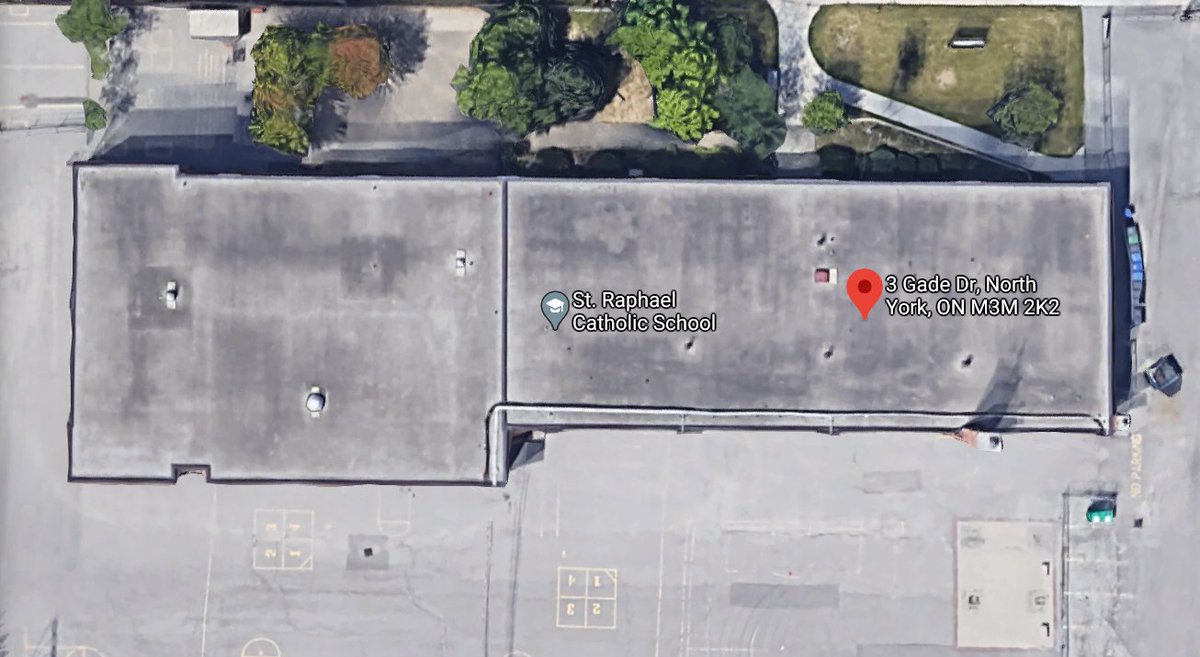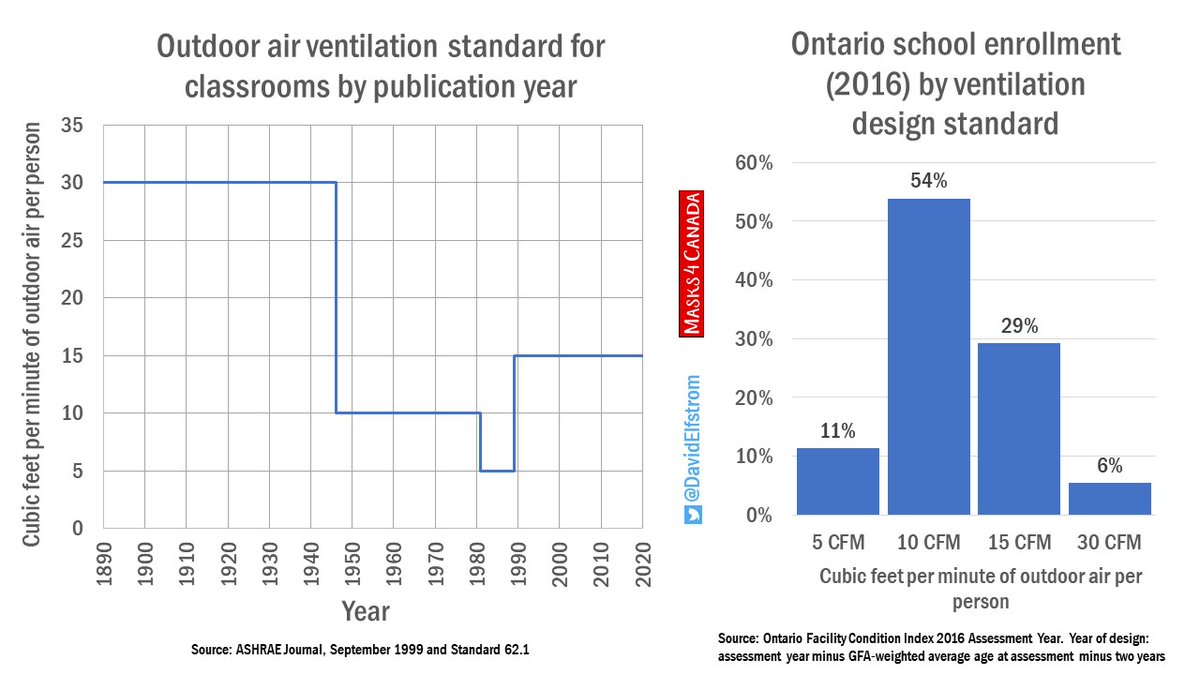1. Thank you @normsworld and @TCDSB for undertaking this #COVIDCO2 study. Some observations below (Thread)
 https://twitter.com/normsworld/status/1361317932412915712
https://twitter.com/normsworld/status/1361317932412915712

 https://twitter.com/normsworld/status/1361317932412915712
https://twitter.com/normsworld/status/1361317932412915712
2. The sensor used was a ELSYS ERS CO2, a good choice because it also includes light and motion sensors, along with CO2, temperature, RH.
3. Several charts show a distinct change after Nov 22. This chart begins with unoccupied measurements of ~320 ppm. Ambient CO2 is ~415 ppm ± seasonal and ±15 ppm daily due to photosynthesis & combustion #COVIDCO2
4. This jump is likely due to automatic baseline calibration approx. every 8 days, a necessary feature for single-beam NDIR sensors to compensate for drift. The report notes this in footnote 1 on page 3, but doesn't further mention it. Here's the manufacturer's wording:
5. Interval was set for 15 minutes which is relatively long if we want to investigate more immediate changes from occupancy/windows. Unless device memory is a limitation, it's better to collect more frequently and later average to longer periods.
6. Are we are reaching steady-state conditions? Unlikely.
The spikes are concerning. How much higher would it have gone?
The decay curve after occupancy can be used to evaluate the air change rate for each room. That doesn't appear to have been done, though...
The spikes are concerning. How much higher would it have gone?
The decay curve after occupancy can be used to evaluate the air change rate for each room. That doesn't appear to have been done, though...
7. ... this was close, (shows same classroom as above, Rm 209) except the chart only begins Saturday at midnight, the long tail, too late to see the characteristic decay curve. Still, a long time to reduce = low air changes
8. It looks like characteristic decay curve wasn't used, only peak (not steady-state?) CO2 values. In the end, it's still very low air change rate at St. Raphael.
9. These are worrying answers, not consistent with building science principles, especially for the school without mechanical ventilation. See many #COVIDCO2 posts & Harvard Healthy Schools guide: Nearly instant changes in CO2 concentration by opening windows.
10. Right from ASHRAE Fundamentals. This also explains why double-hung windows are good (as noted in the report). If temperature diff was low, might have poor air changes, but this was November.
11. Room 222 had high ppm, yet concentrations dropped rapidly after students left indicating rapid clearing. For schools w/HVAC, open windows may pull air from other classrooms/hallway, rather than introducing fresh air into the classroom. Door open/closed affects this.
12. Also St. Raphael school appears to have exhaust fans. This is mechanical ventilation, and is still a valid way of providing home ventilation. Would like to know if this is only washrooms or if classrooms also have exhaust, as common in schools circa 1950-1960.
13. Overall the findings of the schools with HVAC show appropriate ventilation, as I'd expect. However it would be good to review designs for year of construction. The newest, St Jane Frances, is approximately 1970's. Would like to see a 1980's building studied.
14. Ah! So there is exhaust at St. Raphael, as I suspected. Were exhaust flow rates in classrooms measured? 30 seconds with a flow capture hood would do it. That's a fairly important measurement. https://twitter.com/lukemteacher/status/1361360526194970627?s=20

 Read on Twitter
Read on Twitter